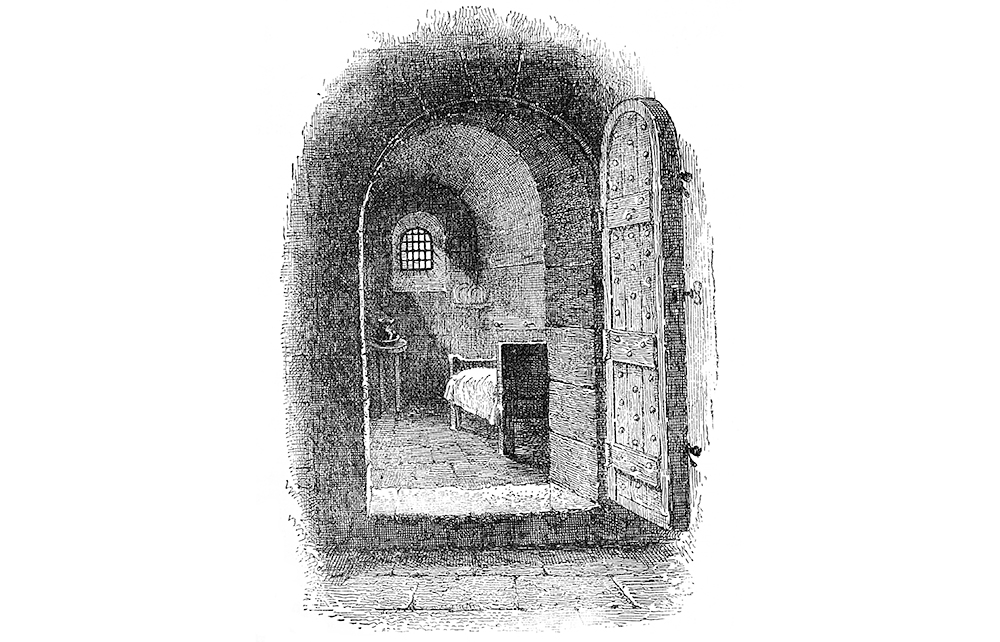Seventy-three prisoners were condemned to death at the Old Bailey in 1835 at a time when there were more than 200 capital offences on the statute book. Nevertheless, all had their sentences commuted apart from two: James Pratt and John Smith, who were convicted of ‘the detestable and abominable crime’ of sodomy.
The indictment stated that the accused had been ‘seduced by the instigation of the devil’
‘The love that dare not speak its name’ may forever be associated with Alfred Douglas and Oscar Wilde, but the same reticence was clearly evident in the first half of the century. When in 1828 Sir Robert Peel introduced the Offences Against the Person Bill, which included a clause to facilitate convictions for sodomy, he refused to speak the phrase ‘the crime against Christians not to be named’ in English, choosing to couch it in Latin.
Between 1806 and 1835, 404 men were sentenced to death for sodomy in England, of whom 56 were hanged and many more transported. In his meticulously researched James and John, the politician and historian Chris Bryant explores the proceedings against Pratt and Smith, as well as the social attitudes and legal code in what he dubs ‘an era of spectacularly cruel and bloodthirsty prejudice’.
Pratt and Smith came from working-class backgrounds in Staffordshire and Worcestershire respectively. Like many such people at the time they moved to London in the mid-1830s in search of employment, while presumably enjoying the freedom of the metropolis, for which Bryant provides a detailed sexual topography. Class had a substantial bearing on their fate. Only recently had the MPs Charles Baring Wall and William Bankes been arraigned on similar charges – the former for attempting to seduce a police constable, the latter for being caught with a soldier whose braces ‘were undone in the front’ in a lavatory near Westminster Abbey.








Comments
Join the debate for just £1 a month
Be part of the conversation with other Spectator readers by getting your first three months for £3.
UNLOCK ACCESS Just £1 a monthAlready a subscriber? Log in